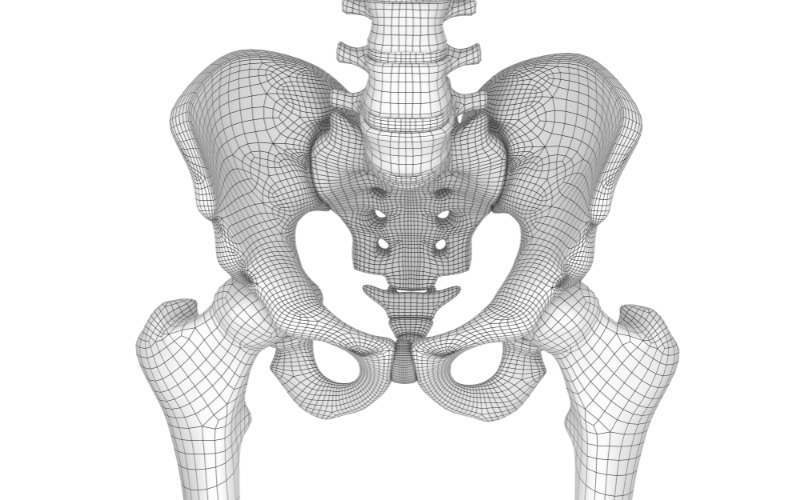Introduction: The Underrated Health Issue Affecting Women

The term “femoral hernia” might not be one that you hear often, yet its implications can be far-reaching. For most women, conversations around health often veer towards more widely discussed issues like breast cancer, heart health, or even mental wellness. However, lurking beneath the surface is a less-discussed but critical condition—femoral hernia. It’s characterized by a lump near the groin or upper thigh and often flies under the radar, only coming to attention when severe complications arise.
One of the reasons femoral hernia is somewhat overshadowed is due to its rarity. It accounts for a mere 3% of all hernia cases but, ironically, that’s what makes it more dangerous. Unlike other types of hernias, femoral hernias are more prone to life-threatening complications like strangulation. What’s more concerning is the frequency of this condition among women, largely due to anatomical differences, such as a broader pelvis. The situation gets even murkier for older women, where the risk of developing a femoral hernia is significantly heightened.
Given this under-the-radar status of femoral hernias, the aim of this article is straightforward: to bring to light ten crucial facts about this condition, specifically tailored for women. Whether you’re in your 20s or cruising through menopause, these insights span various life stages, revealing why femoral hernia deserves a spot on your health watchlist. We’re talking about symptoms, complications, treatments, and preventive measures, all with the latest data that you’re not likely to find elsewhere.
Don’t wait for a health crisis to get educated on femoral hernias. Arm yourself with knowledge and take control of your well-being. In the next sections, you will find a detailed rundown of the top ten facts every woman should know about femoral hernia. Read on to gain valuable insights that could very well be a lifesaver.
1. The Anatomical Culprit: Why the Femoral Canal is a Hotspot

Let’s dive into some anatomy. The femoral canal, the birthplace of femoral hernias, is a narrow, funnel-shaped structure situated in the front of the upper thigh. It’s smaller in size compared to the inguinal canal, which is more commonly associated with hernias. But why is the femoral canal such a hotspot for hernias in women?
First, the femoral canal houses major blood vessels, namely the femoral artery and vein, that supply the lower extremity. It’s tightly packed and leaves little room for error. Any protrusion in this area, even if small, can cause significant problems due to the confined space.
Moreover, the femoral canal is inherently weaker than other areas of the abdominal wall, making it a prime target for hernia formation. Its structural anatomy, coupled with the external pressures we place on it—like lifting heavy objects—makes it vulnerable.
An intriguing observation is that the femoral canal is surrounded by a ‘mash-up’ of muscle, tendon, and ligament tissues, unlike other areas of the abdominal wall. These tissues don’t offer the same kind of strength or resistance that a muscle wall would. Hence, they are less effective in keeping abdominal contents where they belong.
Also noteworthy is that the femoral canal is more compressed in women due to the broader pelvic bone structure. This creates a ‘bottleneck’ effect that further heightens the risk of hernia development. Simply put, the anatomical architecture of the femoral canal in women predisposes it to femoral hernias.
But anatomy isn’t destiny. Awareness of these anatomical quirks offers not only better understanding but also avenues for preventive measures that can be explored further. Physical conditioning focusing on strengthening the abdominal wall, for instance, can help mitigate risks associated with the femoral canal’s anatomical vulnerabilities. (1)